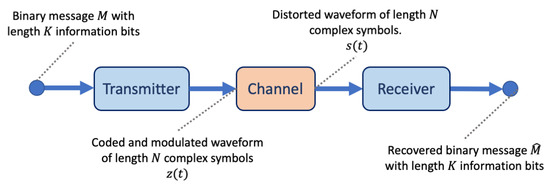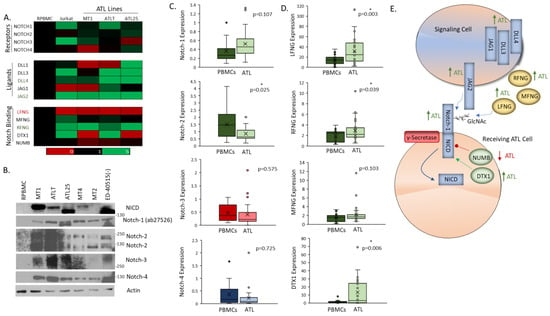The taxonomic history, nomenclature and application of the oldest species names available for the common hybrids between
Pilosella caespitosa and
P. lactucella are reviewed. Elias Fries created a nomenclatural and bibliographical collision when he replaced a printed label of his exsiccata
Herbarium normale
[...] Read more.
The taxonomic history, nomenclature and application of the oldest species names available for the common hybrids between
Pilosella caespitosa and
P. lactucella are reviewed. Elias Fries created a nomenclatural and bibliographical collision when he replaced a printed label of his exsiccata
Herbarium normale with its second version, distributed at a later date, in which the protologue of
Hieracium suecicum had appeared. In this protologue, the new species name was validly published with a mere reference to the original description of
H. auricula var.
majus, thus being based on the type of the latter. In a later fascicle of the same exsiccata, Fries excluded this synonym and distributed a different morphotype of
H. suecicum, which caused taxonomic confusion and re-description of the same taxon under the name
H. fennicum. The surviving original material of
H. auricula var.
majus is rejected, and its neotype is designated, making
H. suecicum the correct name for the hybrids strictly intermediate between
P. lactucella and
P. caespitosa. Such hybrids constitute the most common hybridogenous taxon of
Pilosella in Scandinavia, Finland and neighbouring Russia, with many synonyms described from this area and partly typified here. Another hybridogenous taxon of the same origin, more similar to
P. lactucella and previously known as
P. cochlearis, is correctly named
P. stipitiflora comb. nov. The nomenclatural value and bibliographic complexity of exsiccata, a commonly underestimated kind of grey literature in taxonomic botany, are further highlighted.
Full article
 IJMS
IMPACT
IJMS
IMPACT Applied Sciences
IMPACT
Applied Sciences
IMPACT Sustainability
IMPACT
Sustainability
IMPACT Sensors
IMPACT
Sensors
IMPACT JCM
IMPACT
JCM
IMPACT Materials
IMPACT
Materials
IMPACT Molecules
IMPACT
Molecules
IMPACT Energies
IMPACT
Energies
IMPACT Electronics
IMPACT
Electronics
IMPACT Remote Sensing
IMPACT
Remote Sensing
IMPACT Cancers
IMPACT
Cancers
IMPACT Nutrients
IMPACT
Nutrients
IMPACT Mathematics
IMPACT
Mathematics
IMPACT Foods
IMPACT
Foods
IMPACT Buildings
IMPACT
Buildings
IMPACT Polymers
IMPACT
Polymers
IMPACT Animals
IMPACT
Animals
IMPACT Water
IMPACT
Water
IMPACT Plants
IMPACT
Plants
IMPACT Agronomy
IMPACT
Agronomy
IMPACT Biomedicines
IMPACT
Biomedicines
IMPACT Processes
IMPACT
Processes
IMPACT Microorganisms
IMPACT
Microorganisms
IMPACT Diagnostics
IMPACT
Diagnostics
IMPACT Nanomaterials
IMPACT
Nanomaterials
IMPACT Viruses
IMPACT
Viruses
IMPACT Medicina
IMPACT
Medicina
IMPACT Healthcare
IMPACT
Healthcare
IMPACT Cells
IMPACT
Cells
IMPACT Forests
IMPACT
Forests
IMPACT Agriculture
IMPACT
Agriculture
IMPACT Land
IMPACT
Land
IMPACT JMSE
IMPACT
JMSE
IMPACT IJERPH
IJERPH
 Symmetry
IMPACT
Symmetry
IMPACT Genes
IMPACT
Genes
IMPACT Pharmaceutics
IMPACT
Pharmaceutics
IMPACT Coatings
IMPACT
Coatings
IMPACT Micromachines
IMPACT
Micromachines
IMPACT Pharmaceuticals
IMPACT
Pharmaceuticals
IMPACT Atmosphere
IMPACT
Atmosphere
IMPACT Children
IMPACT
Children
IMPACT Religions
IMPACT
Religions
IMPACT Antioxidants
IMPACT
Antioxidants
IMPACT Life
IMPACT
Life
IMPACT Metals
IMPACT
Metals
IMPACT Biomolecules
IMPACT
Biomolecules
IMPACT Vaccines
IMPACT
Vaccines
IMPACT Education Sciences
IMPACT
Education Sciences
IMPACT Minerals
IMPACT
Minerals
IMPACT Horticulturae
IMPACT
Horticulturae
IMPACT Brain Sciences
IMPACT
Brain Sciences
IMPACT JPM
IMPACT
JPM
IMPACT Bioengineering
IMPACT
Bioengineering
IMPACT















